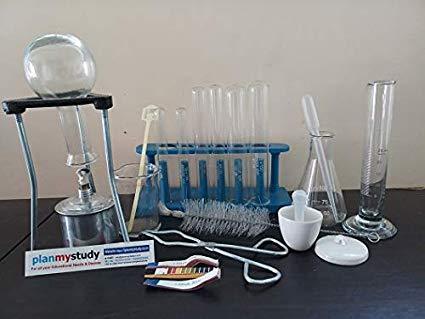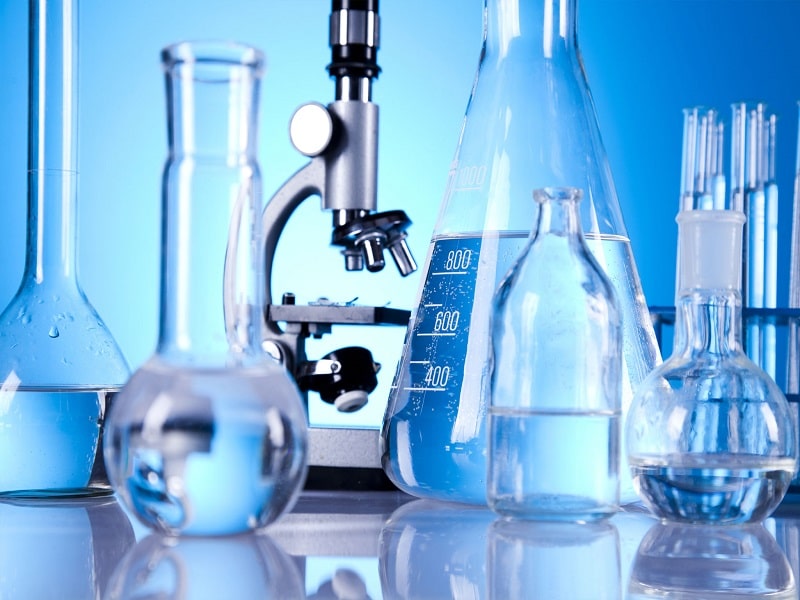We know that we had a ton of lab supplier Malaysia. Sometimes we tend to forget about this lab supplier Malaysia and buy this lab equipment from other countries. When we buy from them we tend to buy some equipment that we don’t even know how to use. That means, you don’t know what the common lab equipment is. At this means time you already suffer losses both in terms of money and time. So to prevent this situation happen again, let me introduce you to common lab equipment.
Click Here For The Importance Things of Science In Our Daily Life
Common Lab Equipment
- Microscope
Microscopes are very simple and popular instruments in biological laboratories. Lightweight light microscopes (compound microscopes) are commonly used in departments and schools to examine small samples using vegetal or synthetic light and a set of magnifying lenses. Below is a schematic of the assembled microscope, including information about the parts.
- Test Tube
Next, not very uncommon, are test tubes. They are usually cylindrical tubes of glass with a rounded top on one side and a rounded back on the other side. They are available in dedicated sizes, but it is not uncommon for them to have a maximum recommended length of 18 * 150 mm. Test tubes are one of the most important pieces of equipment as they are useful in any chemical or organic reaction, from storing reagents to mixing them.
- Beaker
Beakers are other cylindrical glassware with a flat back and high base, with or without a spout. , or used to mix. Cups are available in all lengths, from small 20 ml cups to 1 liter buckets. magnifying glass. A magnifying glass is one of the first lab tools some students bring. As the call suggests, it’s often used to view magnified or magnified pictures of items, or to inspect small calibrations marked on many parts of the device. Convex lens for growing items , usually with a wooden handle.
- Volumetric Flask
It is one of the most important pieces of equipment in any laboratory, made of glass and calibrated to hold a specific amount of beverage at each specific temperature. A variety of volumetric flask sizes are available, each tailored to the exact size and response of your drink. Chemistry labs commonly use it within preferred answer guidance.
Click Here For Lab Safety Guide
- Bunsen Burner
This device creates a single open flame and is widely used for heating and sterilization functions in numerous laboratory experiments. Many elements need to be heated or cooked in the laboratory, and Bunsen burners are custom built for this purpose. It runs on preferential LPG gasoline and can reach moderate temperatures, unlike alcohol lamps.
- Dropper
A dropper, also known as a Pasteur pipette, is a common small device, generally consisting of a plastic or glass cylinder with a small nozzle at one end and a rubber holder at the other end. . It is used to put a drink or answer into any medium, drop by drop, one drop at a time, into a piece of critical equipment, but each reagent is needed in very small quantities in solution.
- Thermometer
Each laboratory is provided with a primary thermometer so that a particular chemical or organic reaction can be optimally achieved for each precise temperature change, so advancing the thermometer is an addition to the answer and moving forward Prior to this, it becomes very important to determine the temperature of the desired response. procedure.
- Scale
When conducting experiments in the lab, we usually work with very small amounts of reagents in micro or minigram devices. With trendy physical stability, it is difficult to obtain the desired specific amount of reagent. These machines are useful for measuring very small materials in terms of weight.
- Burette
They are commonly used in titration reactions, useful for passing recognized amounts of substances to various devices. This device is a long stepped tube with a stopcock at the bottom. They typically come in 10mL, 25mL, or 50mL sizes.


